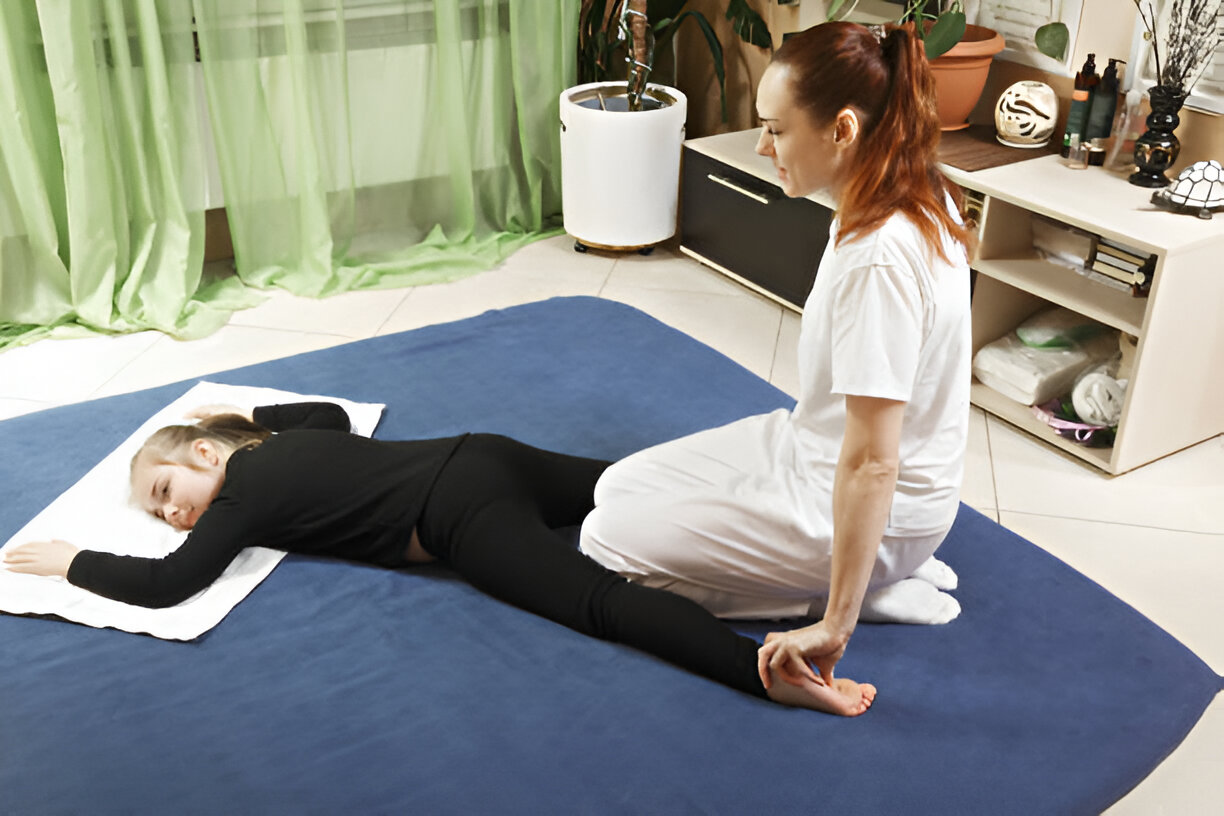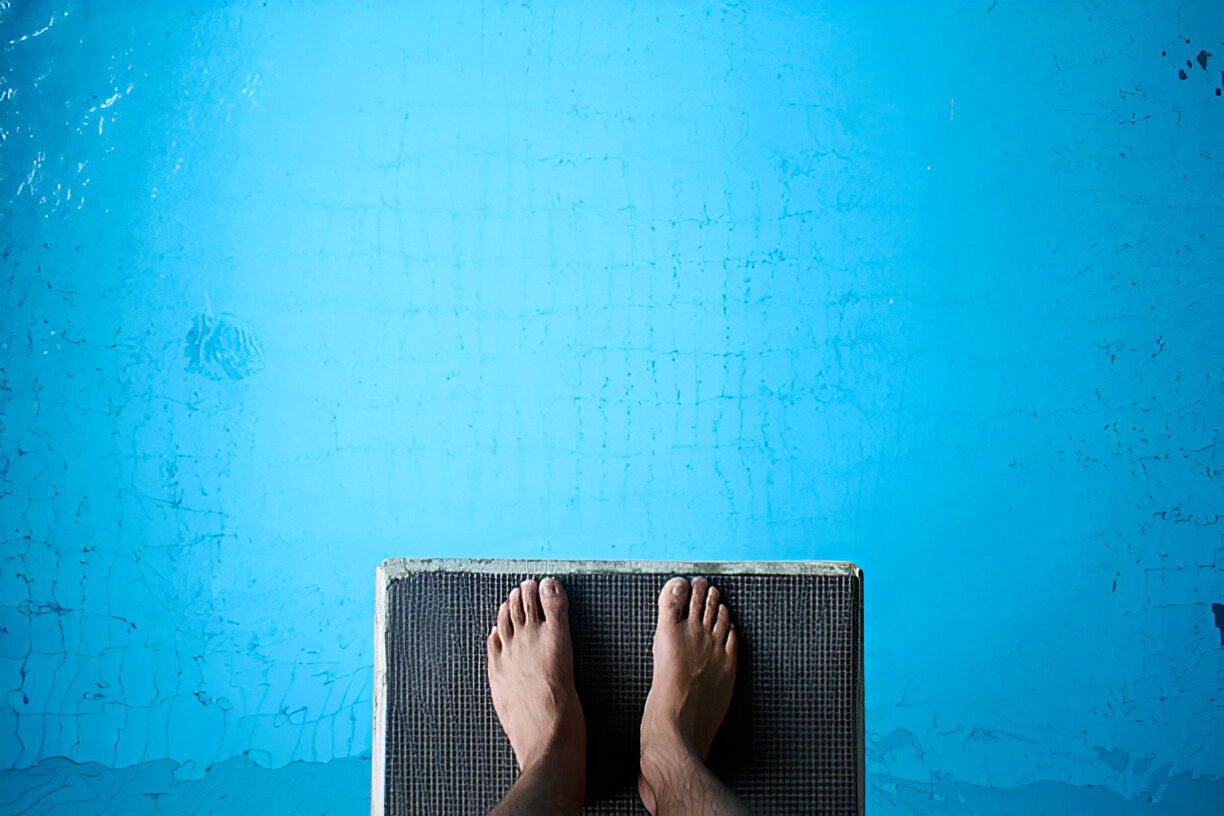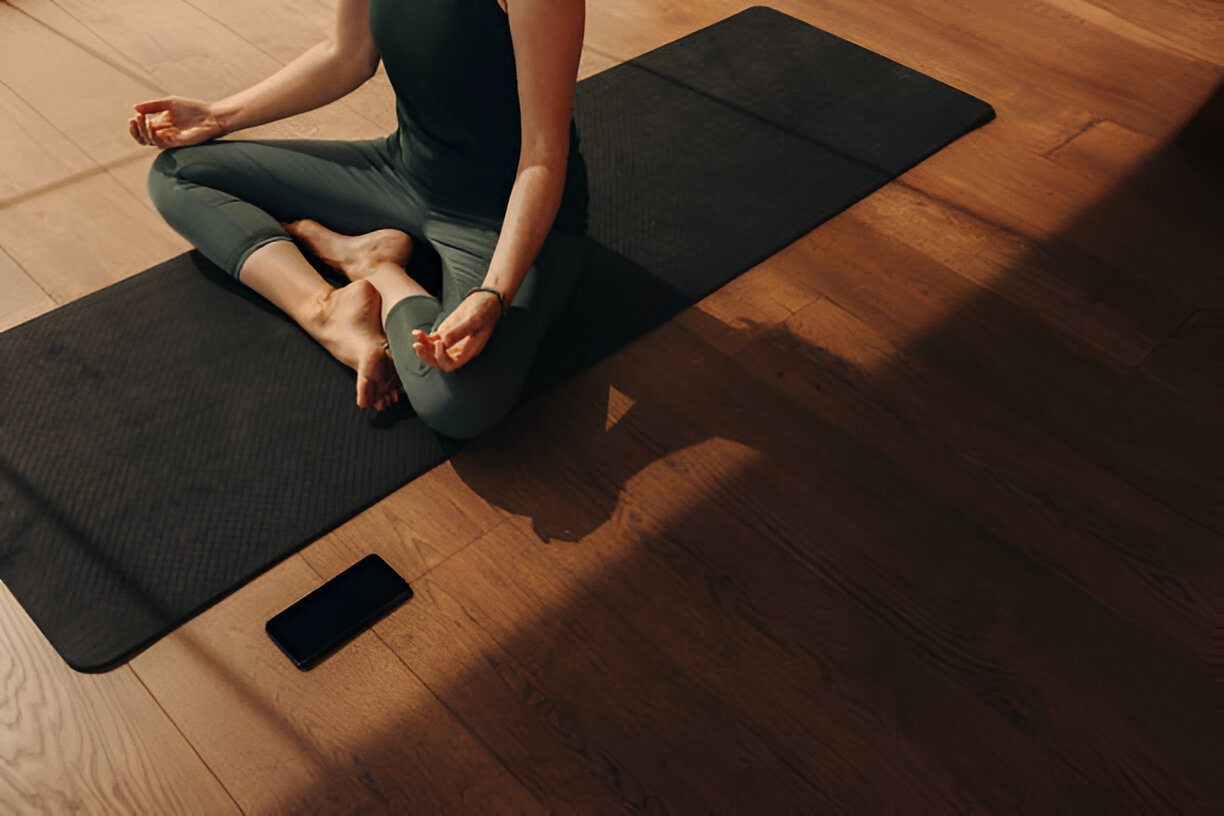

We're bipedal creatures, designed to walk, run, and dance, yet we spend much of our lives sitting still, whether at our desks or in front of the television. You might think this lack of motion helps shore up energy, but the opposite is true. Being sedentary makes you lose muscle mass, which decreases the efficiency of your mitochondria, causing energy levels to plummet. When you're tired, you don't feel like moving. But inactivity exacerbates fatigue, setting up a vicious cycle.
The Fix
When you're feeling drained, hopping on a treadmill, picking up a pair of dumbbells, or stretching your limbs into Downward Dog may be the last thing you want to do. Yet you need to expend energy to get more of it. That's because regular physical activity not only improves your mood and helps you sleep better, it can increase both the number of your mitochondria and how efficiently they work. For the best results, aim for a half hour of aerobic activity most days of the week -- swimming, cycling, or a daily speed walk on your lunch break -- plus strength training and stretching a couple of times weekly. Try interval training, which combines short bursts of high-intensity exercise (such as sprinting) with longer periods of lighter exercise (like brisk walking or jogging). This can help you burn more calories while you sleep, boosting your metabolism and your energy levels.
Fatigue Fix: Not Getting Enough Sleep
First Published: September 2006























